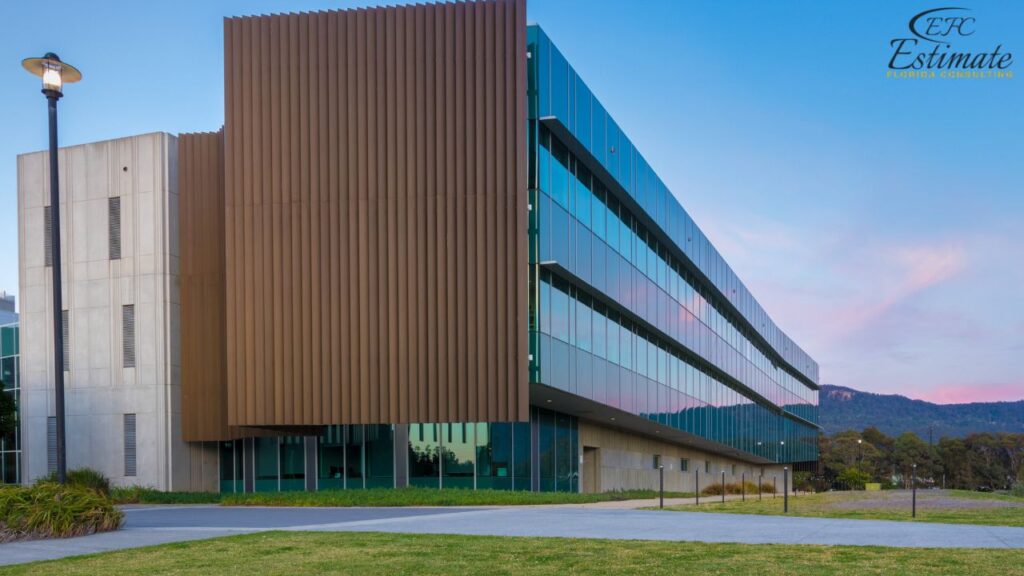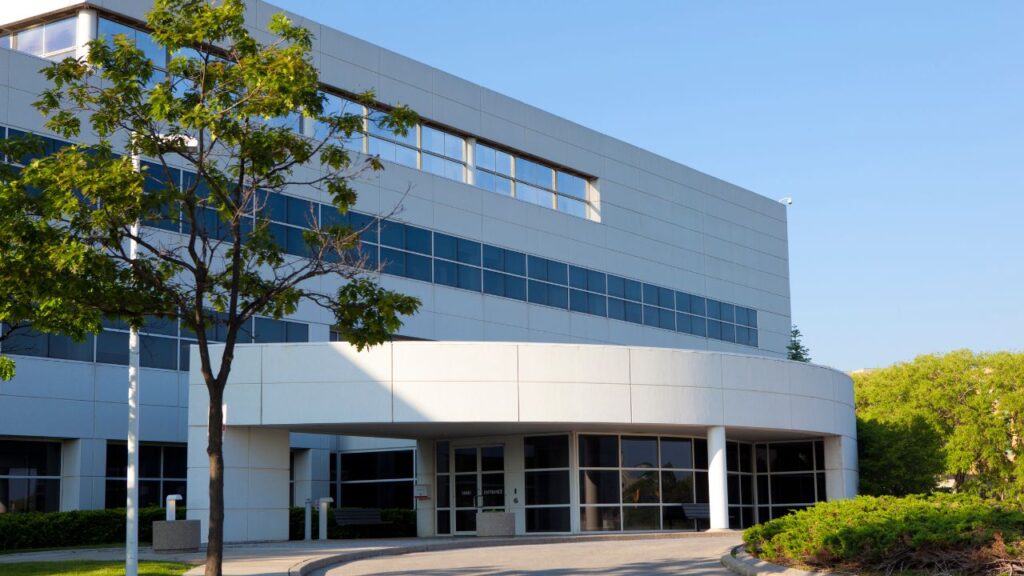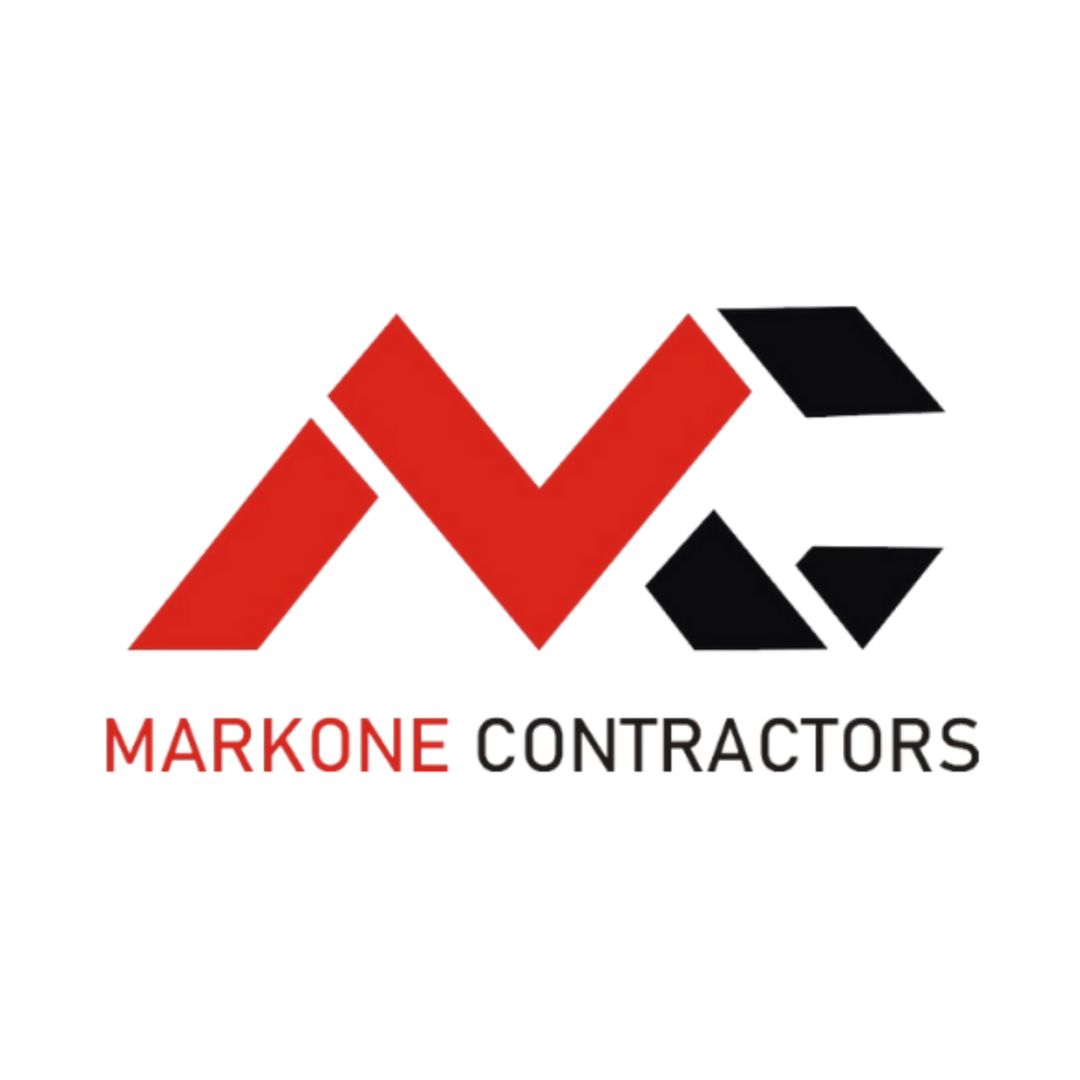Commercial Building Cost Control Strategies
Building a commercial property can be a complex and costly endeavor. Effective cost control strategies are essential to keep projects within budget while ensuring quality. Implementing these strategies not only helps manage financial resources but also enhances overall project efficiency and sustainability. A proactive approach to cost management can significantly impact the project’s bottom line and the long-term viability of the property. Here are some key strategies for managing costs in commercial building projects:

Comprehensive Planning
Begin with a detailed project plan that outlines all phases of construction, from initial design to final inspections. A well-thought-out plan includes timelines, resource allocation, and detailed specifications for each stage of the project, such as procurement timelines, labor schedules, and quality control measures. This strategic approach can help identify potential issues early, reducing the risk of unexpected expenses later on. Additionally, engaging all stakeholders in the planning process—such as architects, contractors, clients, and regulatory bodies—ensures that everyone is aligned on goals, expectations, and responsibilities. This collaboration fosters transparency and can lead to innovative solutions that may further streamline the project, ensuring that critical milestones are met without unnecessary delays.
Accurate Estimating
One of the most critical aspects of cost control is accurate estimating. Involve experienced estimators to provide precise cost assessments for materials, labor, and other expenses. Utilizing advanced estimating software can enhance accuracy by factoring in current market conditions, material prices, and regional cost variations. This will serve as a solid foundation for your budget and financial forecasts, enabling better financial decision-making and risk assessment. Furthermore, consider historical data from past projects to refine your estimates and understand potential pitfalls. Creating a database of previous project costs can help you identify trends and make more informed predictions about future expenses.
Estimate Florida Consulting can assist you with our specialized estimating services, tailored to your project needs. We provide estimates based on your specific zip code, ensuring that you have the most relevant and accurate information for your location. This local focus allows us to account for regional variations in labor costs and material availability, further enhancing the reliability of your estimates. Our team works closely with clients to ensure all aspects of the project are considered, providing you with comprehensive and realistic financial projections.
Budget Management
Establish a realistic budget that includes contingencies for unforeseen costs. It’s vital to build in flexibility for unexpected expenses, which can arise from design changes, regulatory issues, or supply chain disruptions. Monitor spending closely and adjust as needed to stay within your budget. Regular budget reviews can help identify trends and potential areas for savings, allowing for timely adjustments. Implementing a financial tracking system can provide real-time insights into your budget status, enabling proactive adjustments. Moreover, engage your team in budget discussions to foster a culture of accountability and encourage cost-saving measures throughout the project lifecycle.

By setting clear expectations and providing tools for budget tracking, team members can contribute to identifying efficiencies and reducing waste.
Value Engineering
Implement value engineering practices to identify cost-saving opportunities without sacrificing quality. This process involves systematically reviewing project specifications and materials to find alternatives that meet performance requirements while reducing costs. Engage your design and construction teams in brainstorming sessions to explore innovative approaches that can enhance functionality and reduce expenses. For instance, consider alternative materials or construction methods that offer similar benefits at a lower cost. Value engineering not only helps control costs but can also lead to improved project outcomes, increasing value for both the client and the project team. Encourage a mindset of continuous improvement, where team members are motivated to suggest cost-effective solutions throughout the project lifecycle.
Supplier and Contractor Relationships
Building strong relationships with suppliers and contractors can lead to significant cost savings and smoother project execution. Take the time to understand their capabilities and limitations, and negotiate favorable terms based on mutual respect and understanding. Establishing clear communication channels ensures that all parties are informed about project changes, timelines, and expectations. Consider creating long-term partnerships that benefit both parties; for instance, by committing to bulk purchases or ongoing contracts, you may secure better pricing and priority service. Additionally, fostering a collaborative environment can lead to shared problem-solving, further enhancing project efficiency. Maintaining open lines of communication and providing feedback can help strengthen these relationships, creating a more reliable supply chain for your projects.
Efficient Project Management
Utilize effective project management techniques to streamline operations and enhance productivity. Employ project management software to track progress, manage resources, and communicate with all stakeholders. This transparency can help identify potential issues before they escalate, allowing for timely intervention. Implement methodologies like Agile or Lean construction to enhance flexibility and responsiveness to changes. Encourage regular team meetings to ensure everyone is on the same page and to address any concerns promptly. By fostering a culture of open communication and collaboration, you can create a more efficient project environment that minimizes waste and maximizes productivity.

Additionally, consider using collaborative platforms that facilitate real-time updates and document sharing, ensuring that all team members have access to the latest information.
Regular Progress Monitoring
Continuously monitor the progress of the project against your budget and schedule. Conduct regular site visits and reviews to ensure everything is on track. Utilize key performance indicators (KPIs) to measure progress and efficiency, allowing you to identify areas needing attention. Address any discrepancies immediately to avoid costly delays. Implementing weekly or bi-weekly status updates can provide a comprehensive overview of project health and facilitate prompt decision-making. Additionally, leveraging technology such as drones or 360-degree cameras can enhance visibility and improve reporting accuracy, giving you a clearer picture of on-site progress. By incorporating digital tools for monitoring and reporting, you can streamline communication and keep all stakeholders informed of project developments.
Download Template For Commercial Building Project Breakdown
- Materials list updated to the zip code
- Fast delivery
- Data base of general contractors and sub-contractors
- Local estimators

Training and Safety
Invest in training for your team to improve efficiency and safety on the job site. A well-trained workforce is less likely to make costly mistakes and can contribute to smoother operations. Regular safety training not only reduces the risk of accidents but also minimizes delays and potential financial liabilities. Implement mentorship programs to foster knowledge transfer and skill development among team members. Moreover, encourage a culture of safety where every employee feels responsible for maintaining a safe work environment. This proactive approach can lead to significant cost savings and enhance team morale, ultimately contributing to project success. By prioritizing safety and training, you also create a more engaged workforce, reducing turnover and improving project continuity.
Post-Project Review
After project completion, conduct a thorough review to analyze costs versus initial estimates. Identify what worked well and what could be improved for future projects. This review process is essential for understanding the effectiveness of your cost control strategies and making necessary adjustments. Engage your entire team in these discussions to gather diverse perspectives and insights. Document lessons learned and share them with your organization to enhance future project planning and execution. By continuously refining your approach based on past experiences, you can build a stronger foundation for future success. Consider creating a formalized process for conducting post-project reviews, ensuring that valuable insights are captured and disseminated.
Utilizing Technology for Cost Control
Leverage technology to enhance cost control measures throughout the project lifecycle. Implementing building information modeling (BIM) can provide detailed insights into project designs, helping to identify potential cost overruns before they occur. Additionally, using project management software can help track expenses in real-time, allowing for immediate adjustments when necessary. Investing in construction management tools can streamline communication and coordination among team members, leading to increased efficiency and reduced costs. Embracing innovative technologies can transform your cost control efforts and drive better project outcomes. Moreover, staying updated on industry advancements can position your team to adopt new solutions that improve project delivery and cost management.
Sustainability Considerations
Incorporate sustainability into your cost control strategies. While green building materials and practices may have higher upfront costs, they can lead to significant long-term savings through reduced energy consumption and lower maintenance costs. Evaluate options for energy-efficient systems and sustainable materials that align with your project goals. Furthermore, consider the potential for government incentives or rebates for incorporating sustainable practices, which can help offset initial expenses. A commitment to sustainability not only enhances your project’s marketability but also contributes to long-term cost savings. Engage stakeholders in discussions about sustainable practices, ensuring that everyone understands the benefits and potential return on investment.
How Do You Estimate the Cost Of a Commercial Building?
To get a rough estimate of your commercial project’s potential costs, you can take the following steps:
- Determine the quality class of the building.
- Measure the area of the first floor.
- Multiply the area by the square footage cost estimates, as previously discussed.
- Include the costs for mechanical and electrical fixtures.
- Add the costs for any additional floors above the first.
Factor in the expenses for service garages, equipment bays, training facilities, and staffed fire stations to calculate the total construction cost.
Get 5 New Leads Next 7 Days With Our System
- Multi-Family House
- Single-Faimly House
- Modern House
- Duplex
- Ranch House
- Bungalow
Conclusion
Implementing effective cost control strategies is crucial for the success of any commercial building project. By focusing on accurate estimating, budget management, and efficient project execution, you can keep your project on track and within budget while enhancing the quality and sustainability of the final product.
If you’re looking for expert assistance with estimating services tailored to your commercial building project, Estimate Florida Consulting is here to help. We provide accurate estimates based on your zip code, ensuring that you have the best information to manage your project successfully. Our dedicated team is ready to support you at every step, providing the insights and expertise you need to achieve your construction goals. Contact us today to learn more about how we can assist you!
FAQs
Comprehensive planning involves creating a detailed project plan that outlines all construction phases, from initial design to final inspections. It includes timelines, resource allocation, and detailed specifications. This strategic approach helps identify potential issues early, reducing unexpected expenses and ensuring that all stakeholders are aligned on goals and responsibilities. It fosters transparency and innovative solutions, ensuring milestones are met without unnecessary delays.
Accurate estimating involves experienced estimators providing precise cost assessments for materials, labor, and other expenses. Utilizing advanced estimating software and historical data enhances accuracy by factoring in current market conditions and regional cost variations. This solid foundation for the budget enables better financial decision-making and risk assessment, helping to avoid potential pitfalls and ensuring realistic financial projections.
Value engineering involves systematically reviewing project specifications and materials to find cost-saving alternatives that meet performance requirements. By engaging design and construction teams in brainstorming sessions, innovative approaches can be explored to enhance functionality and reduce expenses. This process not only helps control costs but also leads to improved project outcomes, increasing value for both the client and the project team.
Building strong relationships with suppliers and contractors can lead to significant cost savings and smoother project execution. Understanding their capabilities and negotiating favorable terms based on mutual respect can secure better pricing and priority service. Long-term partnerships and clear communication channels ensure all parties are informed about project changes, timelines, and expectations, fostering a collaborative environment for shared problem-solving and enhanced project efficiency.
Incorporating sustainability into cost control strategies can lead to significant long-term savings through reduced energy consumption and lower maintenance costs, despite higher upfront costs for green building materials and practices. Evaluating options for energy-efficient systems and sustainable materials, and considering potential government incentives, can offset initial expenses. Sustainability enhances project marketability and contributes to long-term cost savings, making it a valuable consideration for commercial building projects.
Google Reviews



Process To Get Commercial Building Cost Estimate Report
Here I am going to share some steps to get commercial building cost estimate report.
-
You need to send your plan to us.
You can send us your plan on info@estimatorflorida.com
-
You receive a quote for your project.
Before starting your project, we send you a quote for your service. That quote will have detailed information about your project. Here you will get information about the size, difficulty, complexity and bid date when determining pricing.
-
Get Estimate Report
Our team will takeoff and estimate your project. When we deliver you’ll receive a PDF and an Excel file of your estimate. We can also offer construction lead generation services for the jobs you’d like to pursue further.

